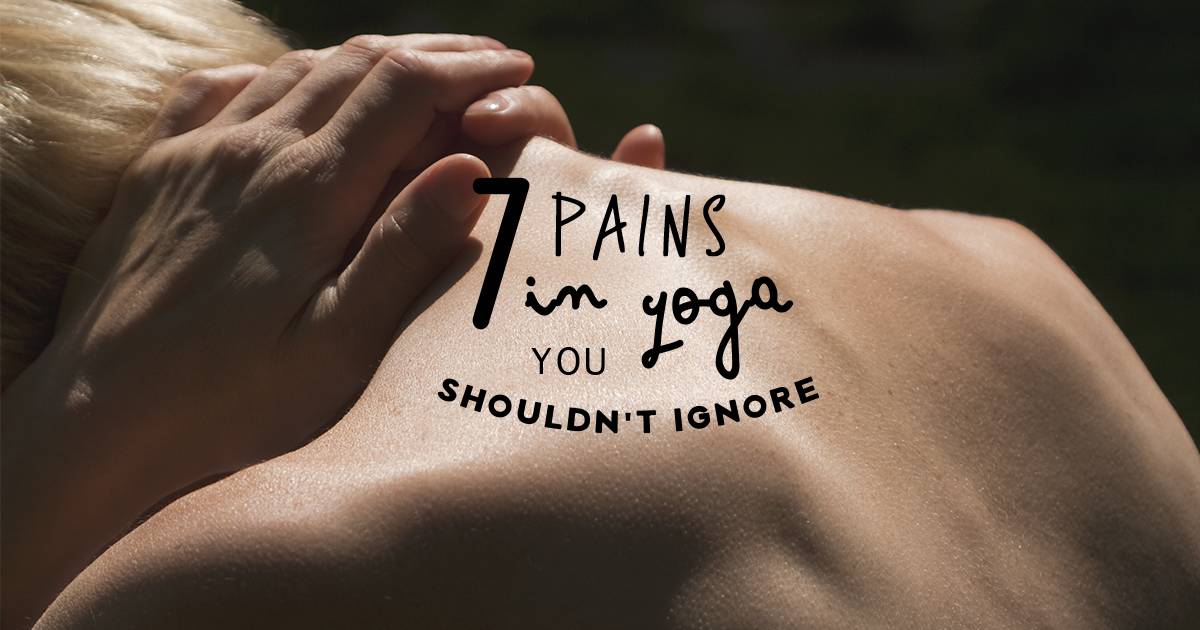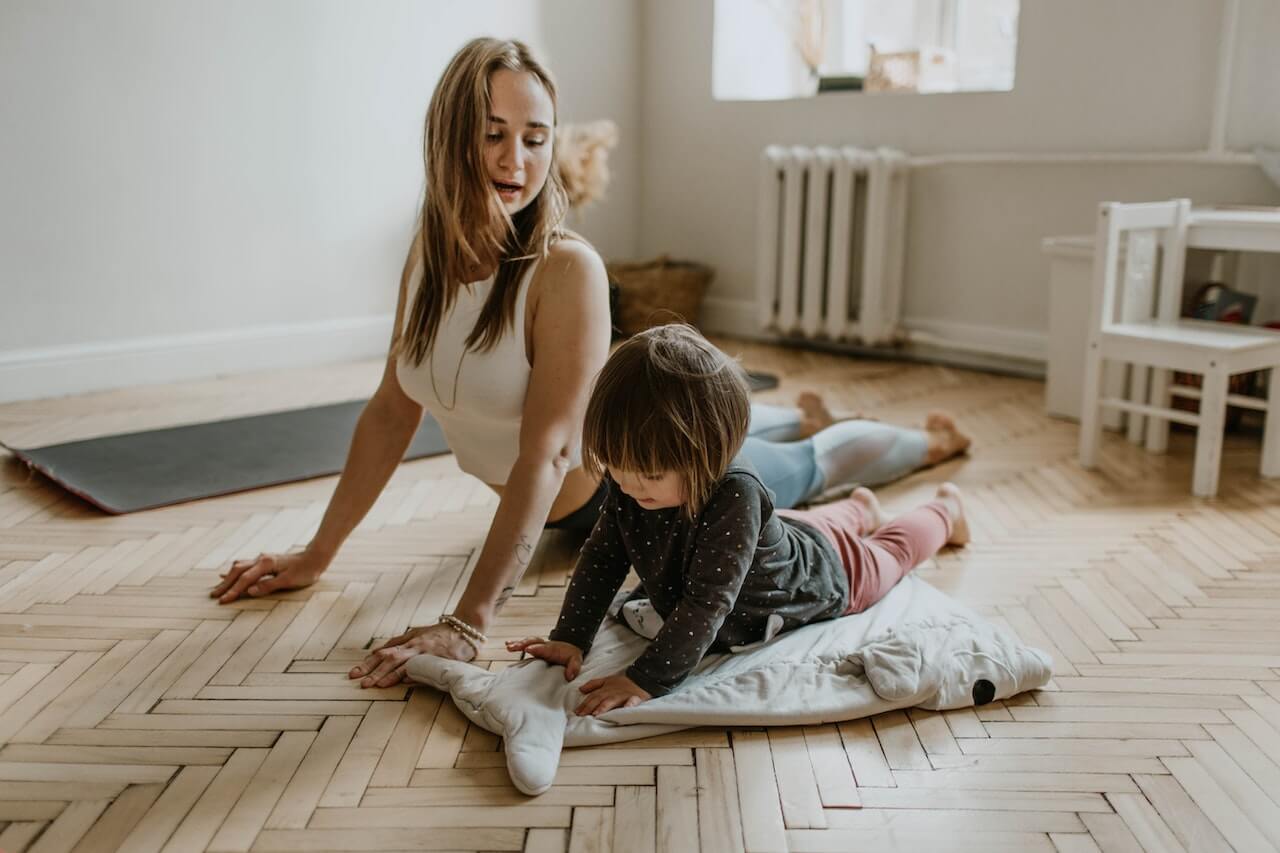“Learning to recognise the differences in pain sensations is learning to recognise the difference between anything: musical notes, colours, emotions. It is essential, and if you are going to practise yoga, you must learn to recognise and distinguish. Do not allow yourself to be held hostage by anything you don’t need. Let it go.”
– Emmy Cleaves quoted by Benjamin Lorr in Hell Bent
“Listen to your body.”
It’s a common request from yoga teachers, but what does it really mean? For a newcomer to yoga, it may seem like a very alien concept.
In the age of painkillers and anti-depressants we are consistently encouraged to ignore our bodies’ signals and ‘power through’ the pain of injury and signs of fatigue. Stepping into a yoga class however we alter our perspective. Letting go of the noise and demands of our day-to-day life, we’re encouraged to look inwards and connect with tour bodies; to listen like a good friend to its expression of our wellbeing in the present moment.
Many have never approached exercise from this perspective. Yet it is mindfulness nurtured through yoga that will help us see our most significant progress through asana, transforming what could simply be an exercise class into a moving meditation.
Over thirteen years of yoga I have often wished to find ease in postures that stubbornly resisted my efforts. For many this might forward bending postures where tightness in the hamstrings leaves us feeling hunched over our legs ungracefully while those around fold themselves like spaghetti.
Seated angle pose upavista konasana raised a challenge. Despite being able to connect body to thighs in pachimottanasana (double leg seated forward fold) I had a case of the hunches in the wide-legged version. Knees were flat to the floor in bound angle pose, my hips were open, where was the resistance? A teacher noticed my predicament and gently suggested I take a side stretch over each leg before coming forward. Success! Not huge at first but bit by bit the muscles at the back of my hips began to release their chronic tension. Each time I practiced the pose I could almost feel the individual muscles, excrutiatingly uncomfortable at first and eventually more pliant as I slowly moved towards the floor.
My body was telling me something was tight but it took months for me to recognise what it was. If there is a pose I find particularly difficult I ask myself these questions:
- What is weak?
- What is tight?
- What other poses could I do to help myself with this one?
- What am I feeling emotionally about this sensation?
Emotions play an important role. Fear of damage may justifiably hold us back in our practise but when our body learns that we are not going to force it, it becomes ready to release after a short wait. Stress creates tension in the body which may not be released until the mental/emotional cause are attended to.
When I refer to pain or discomfort I refer to sensations that occur during your practise rather than something pre-existing. The way a movement feels to me may be quite different for you. Your pain response may also alter at different times and due to many factors. These descriptions are something I have come up with during my experience as a yogi and sports massage practitioner and are by no means definitive. We listen more closely to our bodies’ messages as we practise, in order to avoid injury or unhelpful stress on the body, and to find progressive ease through our practise.
Emmy Cleaves, Bikram’s most senior teacher is quoted by Benjamin Lore in his book Hell Bent as saying:
“Of course you don’t go and hurt yourself. It’s a fundamental job of the yogi to learn how to distinguish between different types of pain. The bad ones you must avoid.”
I know you may be thinking ‘That is marvellous. And how do we do this exactly?’ The answer is simply, by constant monitoring and mindfulness of your body’s responses. Take it slowly at first until you start to recognise your body’s signals.
These are the sensations I have experienced:
1. The exquisite stretch.
This is a somewhat forbidding feeling that you are extending the muscle against its will . It is a good sign to me because, depending on the intention of the pose I know I am in the right place. Through steady breath and patient waiting in the pose, the muscles will learn that you are not trying to damage them, and slowly start to release.
2. The niggling reminder.
In muscle groups where you have worked through the exquisite stretch across most of the fibres, you may experience small areas that niggle at you during a pose. I find this warns me not to make any sudden movements in the pose or leap out of it.This way lies a pulled muscle!
3. The blessed release.
I find this in pigeon pose with one leg bent infront of the body and one extended behind, resting the body over the front leg. We tend to overuse our gluteus muscles around the back of the hip during day-to-day life and so this for me feels like the pose my body is asking for all day. You may have one of these of your own – and it may be Savasana!
4. The unexpected twang.
This can be painful or not. If it is not, go carefully anyway through the poses that follow to prevent damage. If it is painful, support yourself out of the pose and make a few gentle movements to asses whether professional intervention is needed! The stronger the pain, the more careful you should be.
5. Tearing or stabbing pains.
Please stop what you are doing and check yourself over before seeking medical help.
6. Feeling the burn.
When we work muscles hard, they hurt! They tell us they are fatigued long before they actually are. However to further our wellbeing we do need to bear with this discomfort for several breaths unless it is unbearable. For me, this is the agony of utkatasana/chair pose, hip flexors and quadriceps working hard!
7. The afterburn.
You will not experience this until possibly the day after a demanding class, but your muscles may be sore if you don’t normally use them. This is normal and will fade the more you practise. If you never feel this and you want to further your practice – you may need to attend a more advanced class, or ask your teacher’s advice. Massage and adequate rest and nutrition can help speed recovery.
Eventually as we learn what benefits us we begin to redefine ‘pain’ as ‘release’, and it is our minds perhaps we need to stretch and strengthen the most. To learn to enjoy what is beneficial to us, (yes, like spinach and stretching!), as our released bodies thank us for nurturing them.



Great article!
Funny how these make you think of your practice and the time you thought about pain aaaghhh.
Not funny if it hurts! oooooh
Will be more careful next time after reading this.
Great job Shasha!